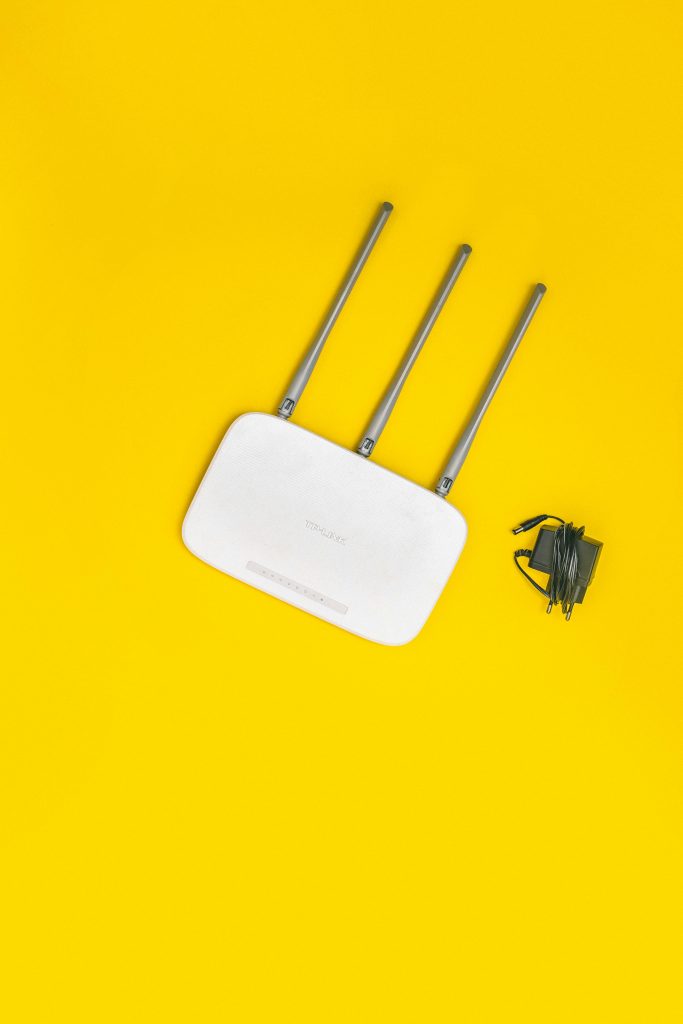Understanding the Mysterious “Other” Storage on Your Smartphone
As smartphone users, we often find ourselves puzzled by our device’s storage statistics. One particularly perplexing category is the elusive “Other,” which can take up a surprising amount of space on our phones. Recently, I encountered a situation where a staggering 14.5GB out of a total of 16GB was consumed by this ambiguous category. So what exactly does “Other” mean, and how can we manage it effectively?
To put things into perspective, the traditional storage segments we typically recognize—such as images, videos, audio files, documents, and even app installation files—seem to occupy a significantly smaller portion of our storage space. In my case, the apps on my phone accounted for just 2.3GB, leaving me to wonder what constituted the remaining bulk of the storage.
Unfortunately, my device provided little clarity on this enigmatic “Other” classification. It raises an important question for many smartphone users: Why does the storage breakdown seem so opaque, and how can we gain insight into what’s truly taking up space?
What Could “Other” be Hiding?
The “Other” category usually encompasses a broad range of files that don’t fit neatly into the standard categories. This may include cached data from apps, system files, temporary files, and even files synced from cloud services that have not been categorized otherwise. The accumulation of these files over time can lead to a gradual increase in the space labeled as “Other.”
Tips for Managing “Other” Storage
-
Clear Cache Data: Regularly clearing the cache from individual apps can free up substantial space—many apps accumulate temporary files that can be safely deleted.
-
Delete Unused Apps: If there are applications you rarely use, uninstalling them will help recover not just the app size but also the associated cached data.
-
Examine Downloads and Backups: Take a look at any downloaded files or backups you may have forgotten about. These can often take up significant space.
-
Check Messaging Apps: Sometimes, media files shared through messaging apps can accumulate. Deleting chat histories or the media files within them can significantly reduce your “Other” storage.
-
Perform Regular Maintenance: Periodic storage checks and management can keep your phone running efficiently and help you stay aware of what files are taking up space.
By being proactive and understanding what contributes to the “Other” category,
Share this content:




Hi there,
Understanding and managing the “Other” storage on your device can indeed be challenging since it includes a variety of files such as cache, system data, temporary files, and more. To help you reclaim space, I recommend the following steps:
If you’re still seeing excessive “Other” storage after these steps, you might consider performing a backup and factory reset, but ensure all important data is securely saved first.
Hope this